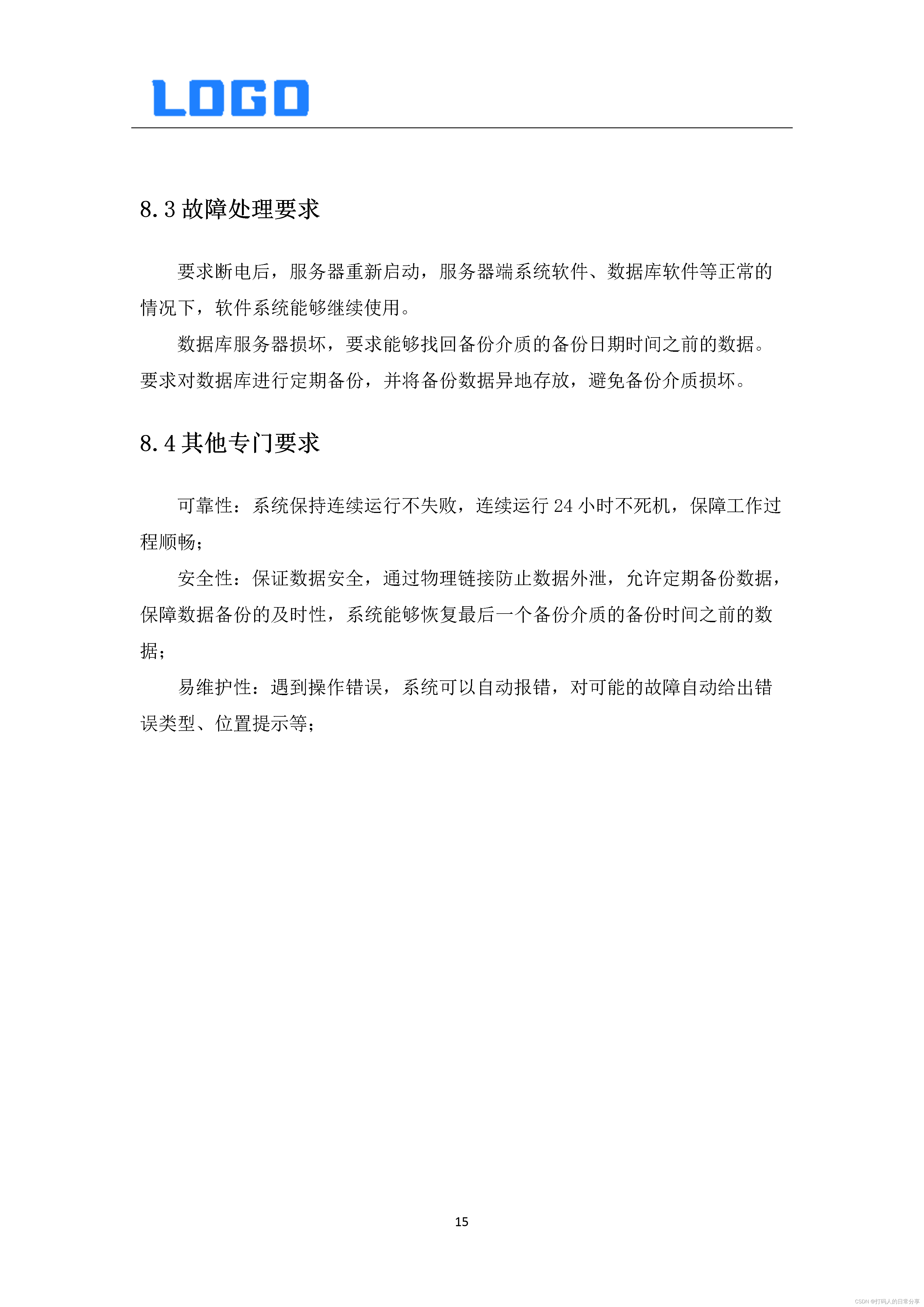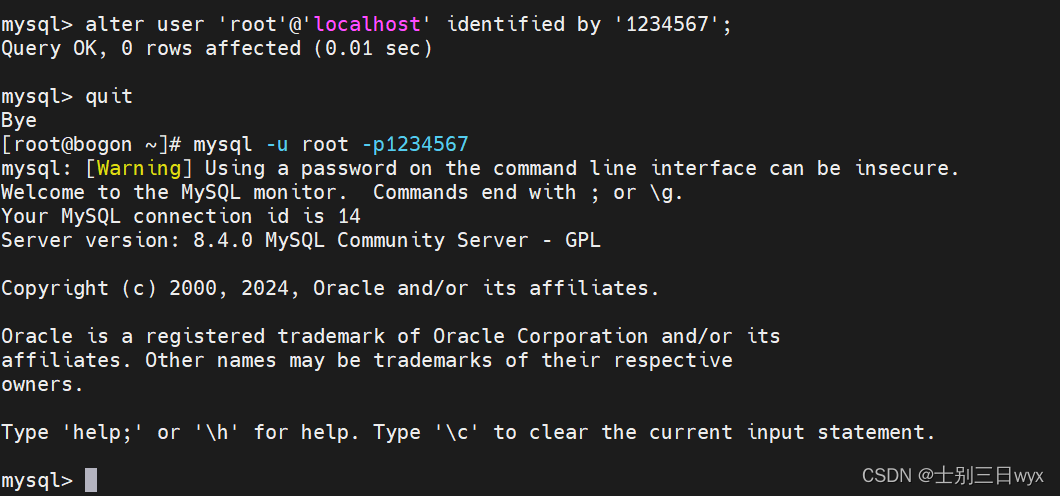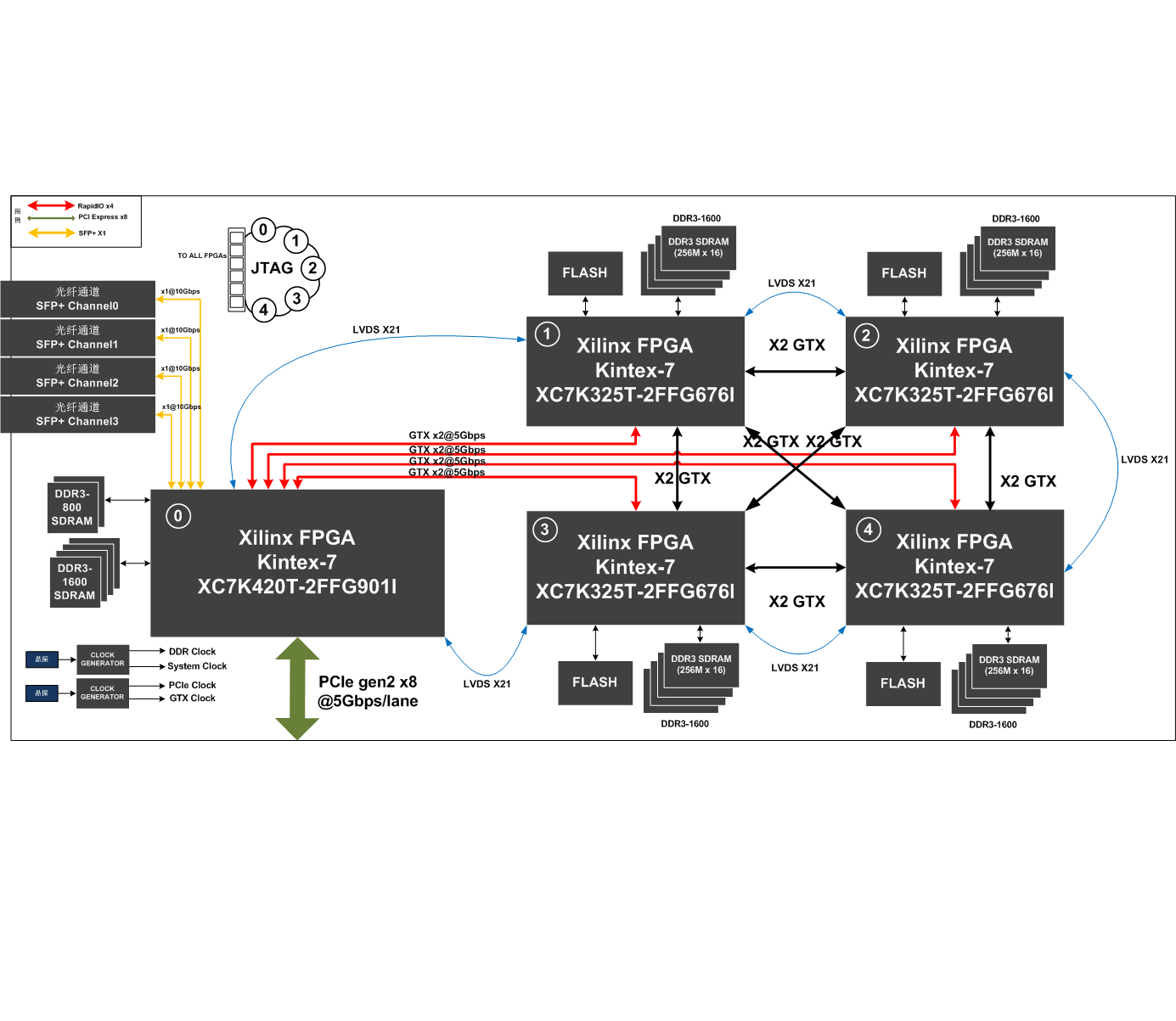文章目录
- 0.启动 Redis服务器
- 1. 添加依赖
- 2.配置 Redis 相关信息
- 3. 创建配置类 RedisTemplate
- 4. 使用 RedisTemplate
- 5. 测试
0.启动 Redis服务器
打开 cmd , 输入 redis-server ,启动 Redis 服务器。

1. 添加依赖
首先,在 pom.xml 中添加 Spring Data Redis 的依赖:
<dependency>
<groupId>org.springframework.boot</groupId>
<artifactId>spring-boot-starter-data-redis</artifactId>
</dependency>
2.配置 Redis 相关信息
在 application.yml 里面,配置相关信息:
spring:
redis:
host: localhost
port: 6379
password: yourpassword # 如果没有密码,可以去掉这一行
database: 0
lettuce:
pool:
max-active: 8
max-idle: 8
min-idle: 0
max-wait: -1ms
注意,当你使用 Spring Boot 和 Spring Data Redis 时,Spring Boot 会自动配置一些默认的 Redis 设置,如果你没有在 application.yml 或 application.properties 文件中指定 spring.redis.host 和 spring.redis.port,Spring Boot 会使用以下默认值:
host:localhostport:6379
这意味着,如果你的 Redis 服务器运行在本地并且使用默认端口(6379),即使你没有明确配置这些属性,应用程序仍然能够连接到 Redis 服务器。
3. 创建配置类 RedisTemplate
在 Spring Boot 应用中,可以通过配置类来配置 RedisTemplate。
import org.springframework.context.annotation.Bean;
import org.springframework.context.annotation.Configuration;
import org.springframework.data.redis.connection.RedisConnectionFactory;
import org.springframework.data.redis.core.RedisTemplate;
import org.springframework.data.redis.serializer.StringRedisSerializer;
@Configuration
public class RedisConfig {
@Bean
public RedisTemplate<String, Object> redisTemplate(RedisConnectionFactory connectionFactory) {
RedisTemplate<String, Object> template = new RedisTemplate<>();
template.setConnectionFactory(connectionFactory);
// 设置 key 序列化器
template.setKeySerializer(new StringRedisSerializer());
// 设置 value 序列化器,可以根据需要选择不同的序列化器
template.setValueSerializer(new StringRedisSerializer());
// 其他序列化配置
template.setHashKeySerializer(new StringRedisSerializer());
template.setHashValueSerializer(new StringRedisSerializer());
template.afterPropertiesSet();
return template;
}
}
4. 使用 RedisTemplate
在服务类中注入并使用 RedisTemplate 进行各种操作。
import org.springframework.beans.factory.annotation.Autowired;
import org.springframework.data.redis.core.RedisTemplate;
import org.springframework.data.redis.core.StringRedisTemplate;
import org.springframework.stereotype.Service;
import java.util.Set;
@Service
public class RedisService {
@Autowired
private RedisTemplate<String, Object> redisTemplate;
@Autowired
private StringRedisTemplate stringRedisTemplate;
// 存储字符串
public void saveString(String key, String value) {
redisTemplate.opsForValue().set(key, value);
}
// 获取字符串
public String getString(String key) {
return (String) redisTemplate.opsForValue().get(key);
}
// 存储哈希
public void saveHash(String key, String hashKey, String value) {
redisTemplate.opsForHash().put(key, hashKey, value);
}
// 获取哈希
public String getHash(String key, String hashKey) {
return (String) redisTemplate.opsForHash().get(key, hashKey);
}
// 存储列表
public void saveList(String key, String value) {
redisTemplate.opsForList().rightPush(key, value);
}
// 获取列表
public String getList(String key, long index) {
return (String) redisTemplate.opsForList().index(key, index);
}
// 存储集合
public void saveSet(String key, String value) {
stringRedisTemplate.opsForSet().add(key, value);
}
// 获取集合
public Set<String> getSet(String key) {
return stringRedisTemplate.opsForSet().members(key);
}
// 存储有序集合
public void saveZSet(String key, String value, double score) {
redisTemplate.opsForZSet().add(key, value, score);
}
// 获取有序集合
public Set<Object> getZSetRange(String key, double minScore, double maxScore) {
return redisTemplate.opsForZSet().rangeByScore(key, minScore, maxScore);
}
}
5. 测试
首先利用 idea 的功能快速创建测试类 RedisServiceTest 。

在测试类中,使用 @SpringBootTest 注解启动 Spring 应用上下文,并使用 @Autowired 注入 RedisTemplate 或服务类。你可以使用 @BeforeEach 和 @AfterEach 方法分别在每个测试方法之前和之后进行初始化和清理工作。
import org.junit.jupiter.api.AfterEach;
import org.junit.jupiter.api.BeforeEach;
import org.junit.jupiter.api.Test;
import org.springframework.beans.factory.annotation.Autowired;
import org.springframework.boot.test.context.SpringBootTest;
import org.springframework.data.redis.core.RedisTemplate;
import java.util.Set;
import static org.junit.jupiter.api.Assertions.*;
@SpringBootTest
class RedisServiceTest {
@Autowired
private RedisTemplate<String, Object> redisTemplate;
@Autowired
private RedisService redisService;
@BeforeEach
void setUp() {
// 清理 Redis 中的所有数据
redisTemplate.getConnectionFactory().getConnection().flushDb();
}
@AfterEach
void tearDown() {
// 清理 Redis 中的所有数据
redisTemplate.getConnectionFactory().getConnection().flushDb();
}
@Test
void saveString() {
redisService.saveString("testKey", "testValue");
String value = redisService.getString("testKey");
System.out.println("testKey :" + value);
assertEquals("testValue", value);
}
@Test
void saveHash() {
redisService.saveHash("testHash", "hashKey", "hashValue");
String value = redisService.getHash("testHash", "hashKey");
assertEquals("hashValue", value);
}
@Test
void saveList() {
redisService.saveList("testList", "listValue");
String value = redisService.getList("testList", 0);
assertEquals("listValue", value);
}
@Test
void saveSet() {
// redisService.saveSet("testSet", "setValue");
// boolean isMember = redisService.isMemberOfSet("testSet", "setValue");
// assertTrue(isMember);
redisService.saveSet("testSet", "value1");
redisService.saveSet("testSet", "value2");
redisService.saveSet("testSet", "value3");
Set<String> values = redisService.getSet("testSet");
System.out.println("testSet: " + values);
assertTrue(values.contains("value1"));
assertTrue(values.contains("value2"));
assertTrue(values.contains("value3"));
}
@Test
void saveZSet() {
redisService.saveZSet("testZSet", "zsetValue", 1.0);
Set<Object> values = redisService.getZSetRange("testZSet", 0, 2);
assertTrue(values.contains("zsetValue"));
}
}



















